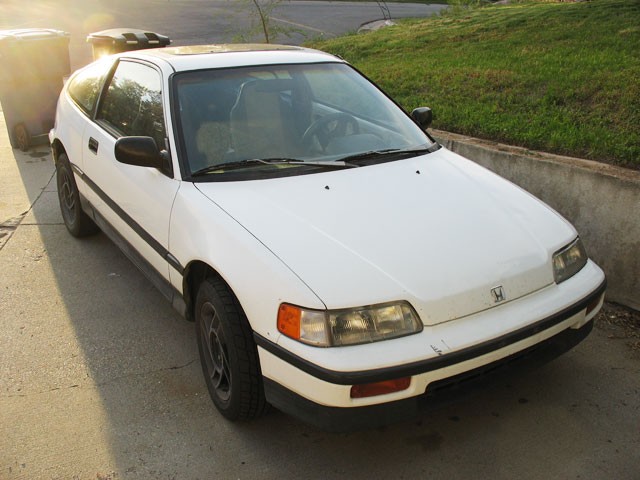This article details the conversion of a 1988 Honda CRX DX from OBD0 to OBD2 using a D16Y5 VTEC-E engine, harness, and ECU. This comprehensive guide focuses on the wiring aspects of the conversion, specifically using an Obd0 To Obd2 Conversion Harness to integrate the newer engine management system into the older chassis.
Why Convert to OBD2?
Converting to OBD2 offers several advantages, primarily enhanced diagnostics. A standardized OBD2 system allows for easy troubleshooting and emissions testing using readily available scan tools. This swap ensures compatibility with modern diagnostic equipment, simplifying future maintenance and repairs. This approach prioritizes reliability and serviceability by utilizing factory components and wiring, ensuring any mechanic can diagnose and repair the vehicle. While OBD1 conversions with chipped ECUs are common, they can introduce complexities in tuning and diagnostics. This OBD2 conversion provides a more standardized and reliable solution.
Engine Selection: D16Y5 VTEC-E
The D16Y5 engine, sourced from a 1996-2000 Honda Civic HX, is a fuel-efficient VTEC-E engine. This engine offers a balance of performance and economy, with VTEC engaging at around 3000 RPM, switching from 12 to 16 valves for increased power. Compared to the stock D15B2, the D16Y5 provides a noticeable increase in horsepower and torque, aligning with the performance of a D16A6 (found in the CRX Si) while offering better fuel economy.
Performance Expectations: CRX with D16Y5
Swapping the D16Y5 into the lighter CRX chassis, coupled with the original transmission, is expected to yield significant performance and efficiency gains. While retaining the stock CRX transmission prioritizes acceleration, the lighter weight and improved aerodynamics of the CRX compared to the Civic HX contribute to better fuel economy. Real-world results should show performance comparable to a CRX Si and fuel efficiency rivaling the CRX HF.
Figure 1: The 1988 Honda CRX DX before the engine swap.
Figure 2: The engine bay of the CRX showing the original engine.
Figure 3: The D16Y5 engine ready to be installed.
Figure 4: The CRX with the D16Y5 engine installed.
Figure 5: The completed engine swap showcasing the D16Y5 in the CRX.
OBD0 to OBD2 Conversion Harness: The Key Component
The core of this conversion lies in the implementation of an OBD0 to OBD2 conversion harness. This harness bridges the gap between the older CRX chassis wiring and the newer OBD2 ECU and engine harness. This crucial component allows for seamless integration of the engine, ensuring all sensors and actuators communicate correctly. Using a purpose-built conversion harness simplifies the wiring process and reduces the risk of errors compared to custom wiring solutions.
Conclusion
This OBD0 to OBD2 conversion offers a reliable and serviceable solution for upgrading a 1988 Honda CRX. Utilizing the D16Y5 engine and a dedicated conversion harness, this method achieves a balance of performance, fuel efficiency, and modern diagnostics. While challenging, this approach provides a standardized and well-documented path for enthusiasts seeking to modernize their classic Honda.


